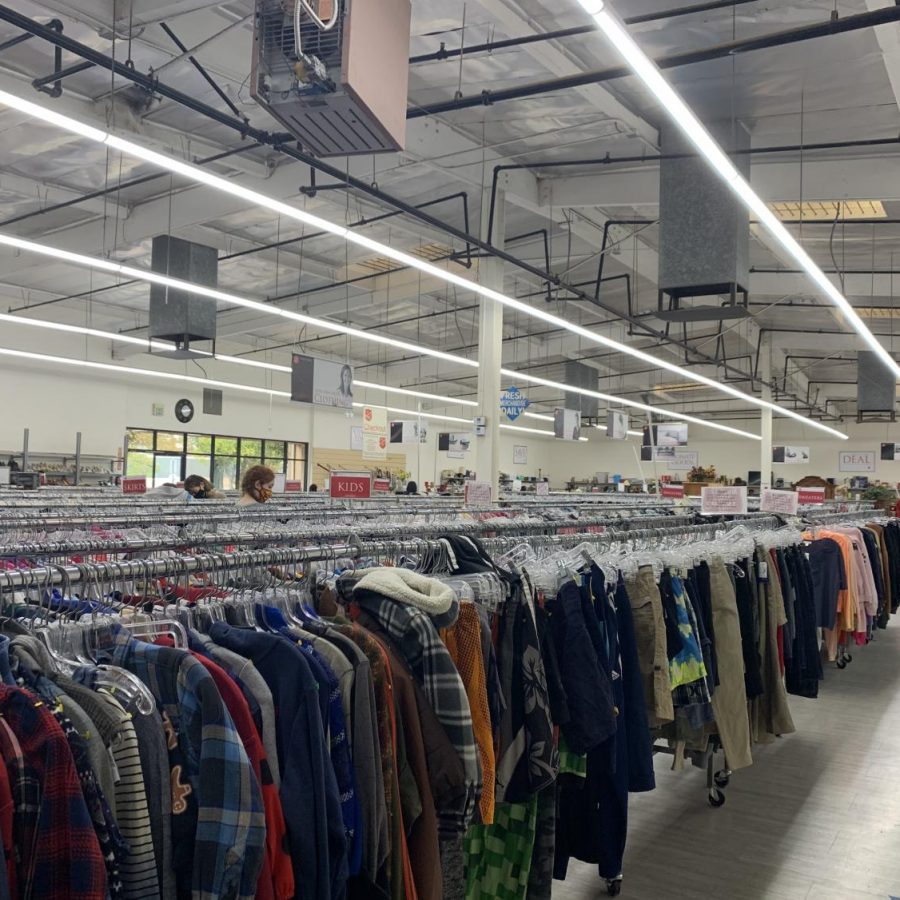Shopping with effect
Second-hand shopping is not only great for your wallet but also for the environment. Shopping at thrift stores helps reduce the toxic waste in landfills which pollute our planet.
Nov 1, 2020
Second-hand shopping has taken over the world and there is no stopping it now. Teens, Adults, and Grandparents all are returning customers to these stores. Due to the fact so many people love second-hand shopping, it leaves many unanswered questions about why. After examining the different customers who shop second-hand, I could tell these stores are mainly popular due to how inexpensive and trendy it is.
On the other hand, second-hand shopping is also great for the environment. Sadly, shopping at any regular retail store is not ideal for our environment due to the dye from the clothing. When buying second hand, you will be keeping plastic out of landfills.
“Buying second hand clothing helps lower the overall demand for new clothing to be produced. Choosing to wear used clothing means you are helping to recycle useful items that might otherwise end up discarded in landfills.” said writer Jennifer Madison.
Landfills are poisonous to Earth, especially when overflowed. Waste decomposes and rots in landfills, which produces terrible gases that contribute to global warming. CO2 and Methane are the main greenhouse gases that are produced at landfills.
“Many materials that end up as waste contain toxic substances. Over time, these toxins leach into our soil and groundwater, and become environmental hazards for years.” said John Doe Environment Victoria.
Second-hand shopping also helps with pollution, which has increased over the past years. Pollution continues to circle back to the excessive landfills that continue to be used daily. Pesticides are relied on due to the fact that mostly all of the cotton growth for textiles are genetically modified.
Sadly, even some of our favorite inexpensive stores are the most harmful to our environment because they use fast fashion. Fast fashion is clothing that is quickly transported from the catwalk to stores which contains toxic dyes which affects our clean water. For instance, Zara, H&M, Nasty Gal, and Fashion Nova are only a few companies that make cheap fashionable clothing that ignores our suffering environment and labor conditions.
“Fast fashion makes shopping for clothes more affordable, but it comes at an environmental cost. The fashion industry produces 10% of all humanity’s carbon emissions, is the second-largest consumer of the world’s water supply, and pollutes the oceans with microplastics.” said Morgan McFall-Johnson.
Researching stores before you purchase from them is a great way to begin your environmentally friendly impact. Keeping this in mind, not only are you helping the environment by shopping second hand, but you are also saving money!



